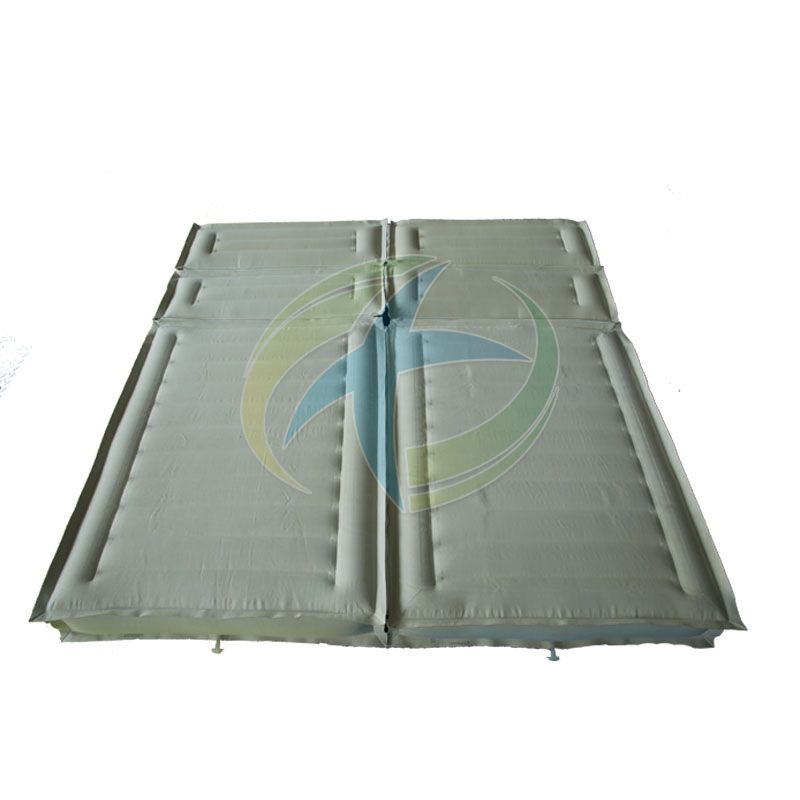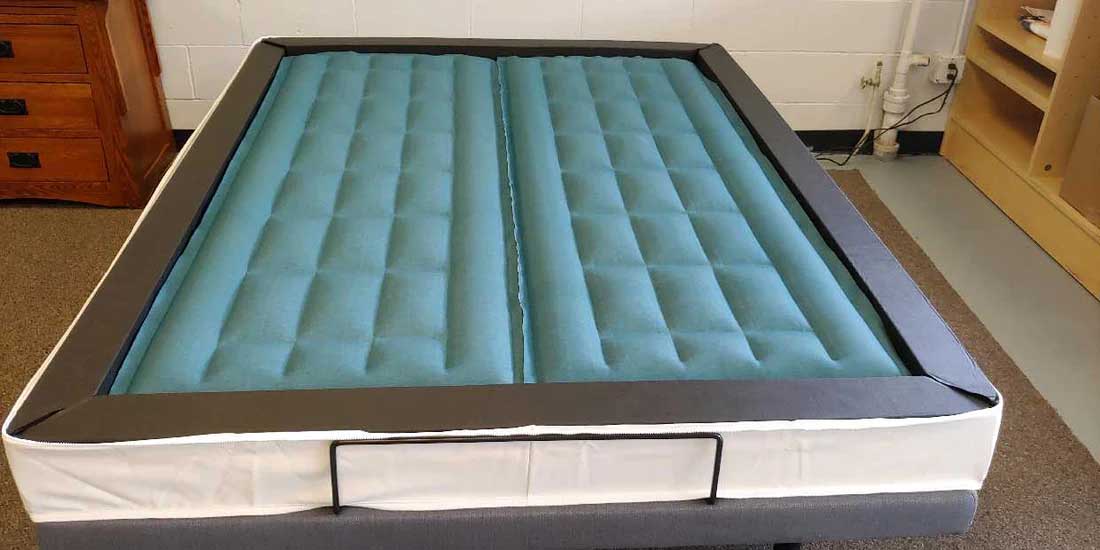How do you modernize a chair?
If your chair has any cushioning at all, chances are it has some sort of fabric material on it. Give it a new look by upholstering it! But don’t feel like you have to copy the upholstery exactly; you can add button tufts where there weren’t any or choose not to tuft this time around.
The origins of the chair rail (also known as the dado rail) stem from Victorian times. Much like the name implies, a chair rail protects the wall from the back of the chair, as back in the day, it was all beautiful wallpaper designs and dark wall colors – no white canvas in sight – and so protecting them from scrapes and chips was a must.
It was a perfectly practical idea and one that can still be found in many homes. Now whether you chose to keep yours is a personal choice but, what some might consider a dated feature can actually bring a ton of design interest to your space and they are easy to personalize too.
Chair rail ideas that add flair and authenticity
We love how a cool chair rail can be used to add definition to a basic interior design scheme. As well as having a protective nature, a chair rail is super decorative and can enhance space, as Georgia Zikas, founder and principal designer at Georgia Zikas Design explains:
‘Like denim jeans, I don’t believe that a chair rail will ever be out of style, but it's all about how you present it with supporting details. It's not in fashion currently to leave it solo without paneling below it.’
1. Make a feature of your chair rail
(Image credit: JL Design/Alyssa Rosenheck)
One of our favorite chair rail ideas – look how this one has been highlighted in white to cleverly break up the chocolate brown walls and prevent them from becoming ‘heavy’ to the eye. It matches the woodwork and gives a clean fresh feel that ties in with the white table too.
And you can really see it at work in this dining room – the verdigris console table is prevented from marking the wall by the chair rail.
2. Add depth by creating a paneled design below
(Image credit: Karen B. Wolf Interiors/Raquel Langworthy)
Karen B. Wolf, creative principal designer at Karen B. Wolf Interiors explains how she updated the chair rail in this office space:
‘Chair rails were historically used in traditional design to divide a room space into pleasing proportions. The preconception is that chair rails are no longer a desired design feature. In this teen study area we updated the chair rail into a modern farmhouse design to add visual dimension to the walls.’
3. Turn your chair rail into storage
(Image credit: Lindye Galloway Studio + Shop/Chad Mellon)
So how do you use a chair rail in a more contemporary setting? You make it work by adapting it to suit your needs – this living room designed by California based Lindye Galloway, shows how the walls are still cleverly protected from any chairs that might be placed along the wall, plus everyday scatches, whilst offering storage space – it's a win-win design feature in our book!
4. Paint all your architectural details in one color
(Image credit: George Home)
Here, an existing chair rail is given a contemporary touch from the allover paint scheme. It prevents it from standing out, whilst at the same time giving the wall depth. The extra wall paneling above it adds a decorative element. Painting your entire room including all of the baseboards and architectural detailing in one single color is a great way to bring these features from the past into the present.
5. It can be used to protect kitchen walls too
(Image credit: Viola Interior Design)
With a kitchen being a high-traffic area, it pays to protect your walls from bumps and scratches, especially if you have a young family. Here, the chair rail comes higher up and the paneling underneath – this is often called wainscotting – goes right down to the baseboards for extra protection.
6. Make the most of original features
(Image credit: Mindy O’Connor/Wendy Concannon)
‘The chair rail and wainscoting in this room were original to the 1911 historic house and we chose to maintain them when modernizing the space. We kept the paint color light and neutral to keep the space feeling classic yet not dark or overly traditional.
The most significant design move was to add the wall covering above the chair rail, in a similar light neutral. The wallpaper is atmospheric and contemporary but still marries well with the historic paneling below. It gave the space just the mix of vintage and modern we were looking for. It provides subtle visual interest but remains timeless in the design overall,’ says Mindy O’Connor, principal designer at Melinda Kelson O’Connor Architecture & Interiors.
Related links:How to Winterize Patio Furniture - The Cover Blog
The Folding Mattress My Overnight Guests Love | Wirecutter
Key Points You Should Know When Buying Restaurant ...
7 CLEAR ADVANTAGES OF CHOOSING GLASS TABLE TOPS
The Evolution of Plastic Chairs and It’s Future in the Industry
Easy Guide to Choosing the Best Plastic Chairs for Your Home
Why would someone want a standing desk?
7. They look great in an entryway
(Image credit: JL Design/Alyssa Rosenheck)
An entryway can often be a large space that we don’t want to over clutter, yet we still want it to be a stylish and welcoming space for our guests.
Adding a simple chair rail can make all the difference as it will draw your eye along the wall, this can also distract from a low ceiling too. If you use benches then naturally it will protect the wall in this narrow space.
8. Go above and below your chair rail
(Image credit: Georgia Zikas Design/Jane Beiles)
This elegant living room is a perfect example of how the chair rail protects against the back of chairs, and you can see wainscoting above and below it. But essentially, it’s the chair rail that still acts as a buffer. Painting it all in one color allows the texture of the molding to become a decorative element.
9. Use it up your stairs for decoration
(Image credit: Georgia Zikas Design/Jane Beiles)
Okay, so you won't be placing a chair on the stairs, however, at the bottom of the stairwell there's a small alcove that has a console placed against it – this decorative aspect is then carried on up the stairs for cohesion and it breaks up the expanse of plain wall on the left. It offers some protection too and will prevent scuff marks.
10. Paint your chair rail the same color as your floor
(Image credit: Farrow & Ball)
This is a great interior design trick to use if you want to elongate your walls and create an interesting feature – paint your chair rail and below it in the same color as the floor. Note how the hues in the wall art match both paint colors, it's these small but important details that make a scheme shine.
11. A modern way to incorporate a chair rail
(Image credit: Urbanology/Turnbow Photography)
If you want to include both modern and classic elements within a space then consider adopting this clever idea. The chair rail can be seen on two walls and although it's painted in the same shade as the upper and lower walls it still stands out by visually breaking the plain element.
12. Use wainscoting to balance a bold floral wallpaper
(Image credit: Etch Design Group/Cate Black)
Balance out a bold floral wallpaper design with a crisp white painted chair rail and wainscoting. The wallpaper could easily be overpowering but it's kept in check with this characterful original feature.
13. Wainscoting the contemporary way
(Image credit: Etch Design Group/Rebekah Westover)
Walls behind beds also need a touch of protection and adding a form of wainscoting to them will give just that, plus a contemporary effect that will create a focal point. This look could easily be DIY'd – all you would need is to decide on a design, ask your local hardware store to cut the wood to size and for a way to fix them to the wall.
What can I use instead of a chair rail?
‘Paint can be used instead of a chair rail. A break in wall paint can create a level of interest similar to a chair rail,’ says Jessica Davis, owner and principal designer of JL Design.
Maria Viola-Kuttruff, principal at Viola Interior Design adds:
‘There are several ways to decorate your walls other than using chair rail. Paneling/wainscoting is a great way to add millwork that enhances the character of the space – this can also make a space feel more finished, and depending on the room it can add a level of formality. Another option are shadow boxes – but if millwork isn’t your thing, wallpaper can bring personality and pattern to enliven the wall. And if a patterned paper is too much for your taste, a woven paper from natural fibers can add an interesting texture.’
Is chair railing still in style?
Chair railing is still in style! Trim molding is seeing a major resurgence today. Introducing a wall covering above and below the chair rail can help modernize it,’ says Jessica Davis, owner and principal designer of JL Design.
How do you modernize a room with a chair rail?
‘If removing it is not an option or not desired, we often paint it the same color as the wall to make it less conspicuous – using a bold saturated color for the walls (and matched to the chair rail) will also make it appear more modern,’ says Maria Viola-Kuttruff, principal at Viola Interior Design.
O'Connor agrees:
'A more traditional chair rail might be painted in a contrasting white to match the crown molding and baseboards in a formal room. To modernize the use of wall paneling, I prefer to stay monotone in color with the upper walls, chair rail and wainscoting painted in similar hues. This can be all in light neutrals or all dark for a moodier look. Chair rails most often divide a room into thirds, but the most modern approach deemphasizes the division and uses the rail element to add layering, depth and texture rather than a strong visual division.'
What is the difference between wainscoting and a chair rail?
Wainscoting is an applied wall-board material, dating back to the 13th century - ornamental wall paneling design, either very elaborate or very simple. Still used today, it is most commonly referred to as beadboard.
A chair rail is a horizontally applied molding strip that was the back of a dining “chair” height that was used often in dining rooms to protect those walls from a guest knocking their chair against the plaster as they got up from the table,’ explains Georgia Zikas, founder and principal designer at Georgia Zikas Design.
How do you modernize a chair?
13 chair rail ideas – for style and character
Related links:5 Reasons Why Office Furniture is Important for the Workplace Environment
Top 6 Tips to Improve the Longevity of Your Plastic Chair
How to Choose Chairs for Your Dining Table
How many chairs should a dining room table have?
Pros & Cons of Bar Stools
Buffet Restaurants : Are They Sustainable?
5 Common Mistakes to Avoid While Buying Restaurant Furniture




